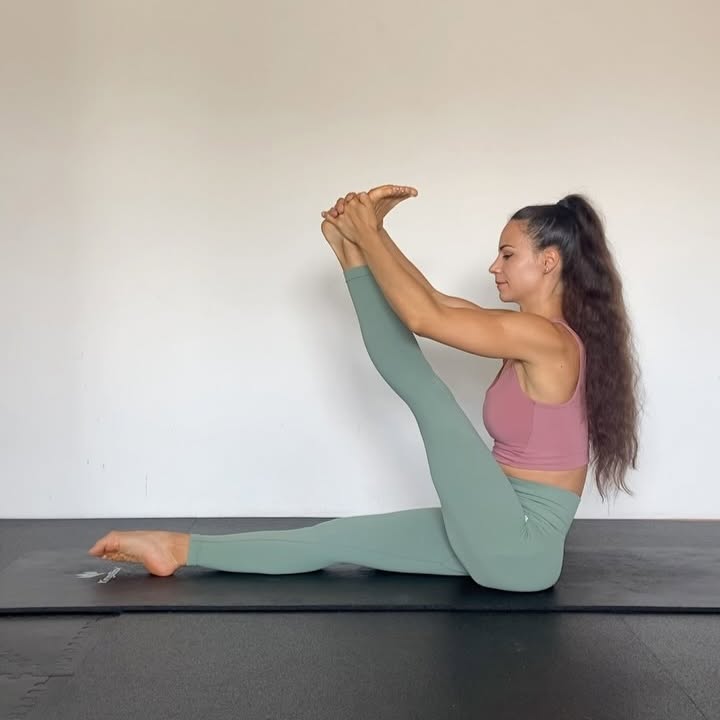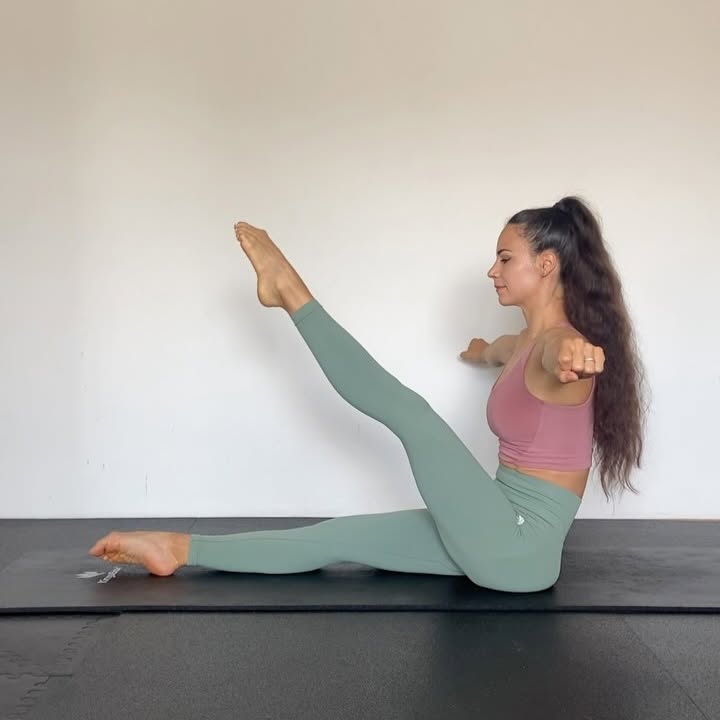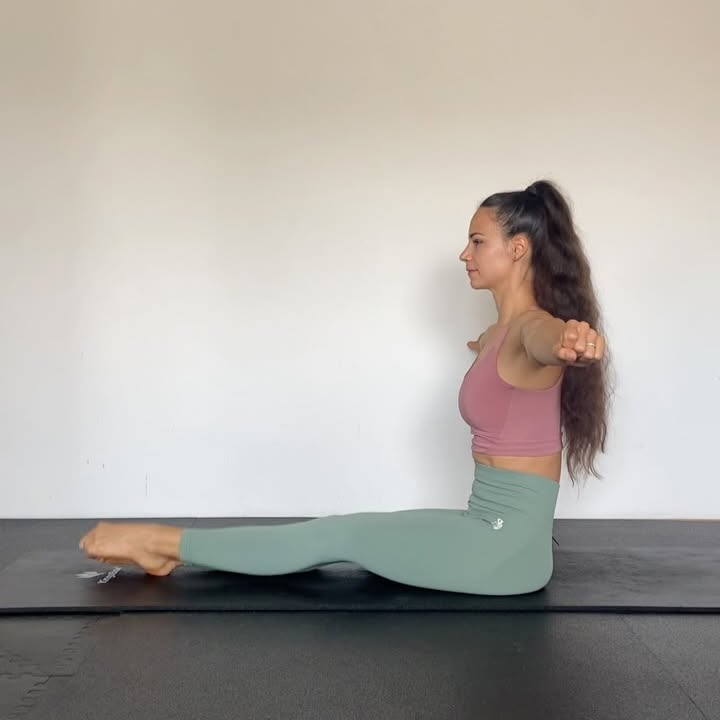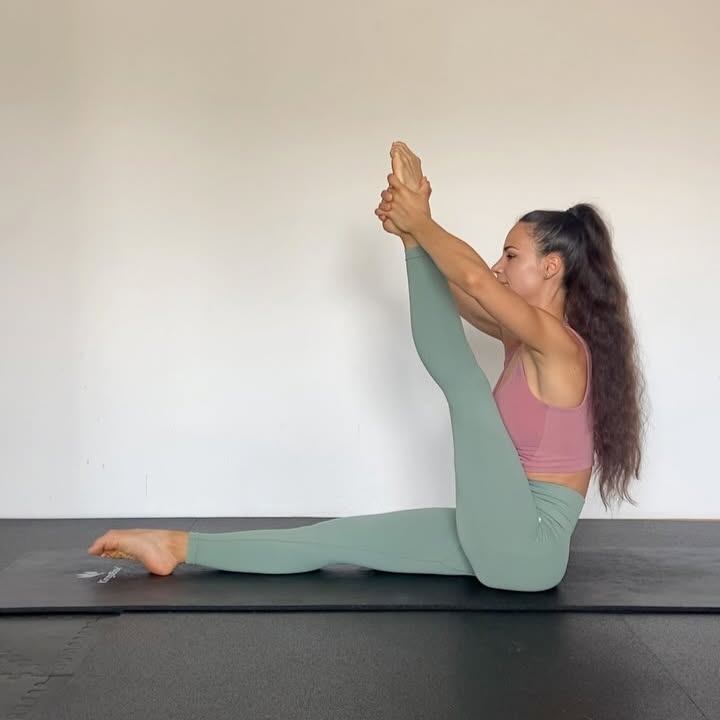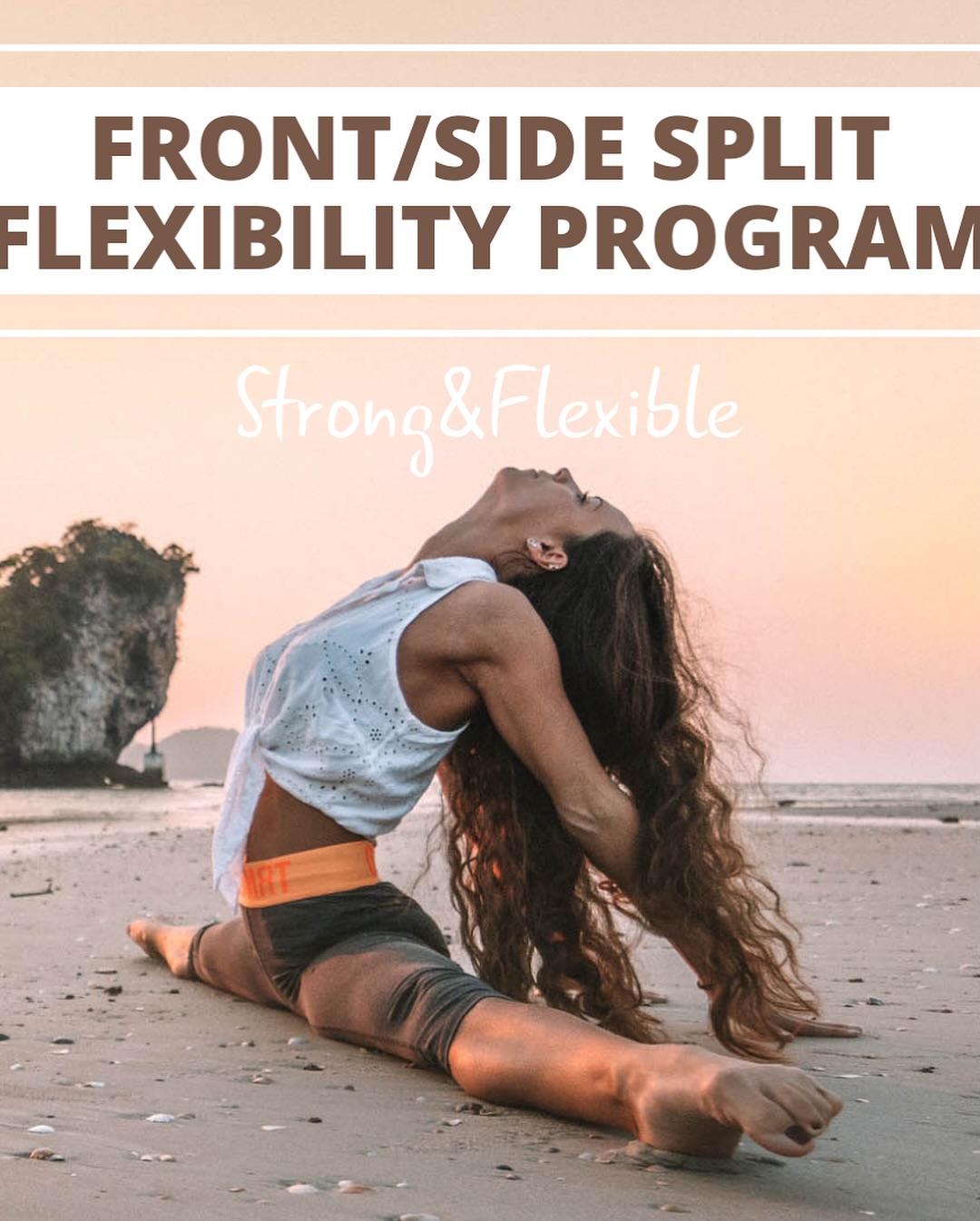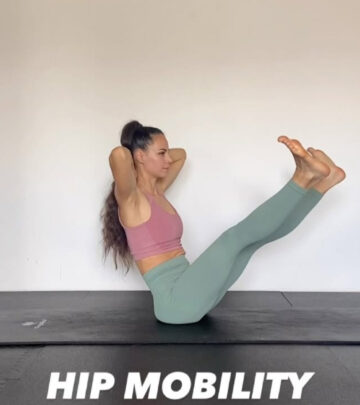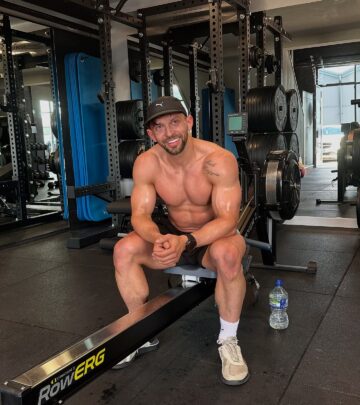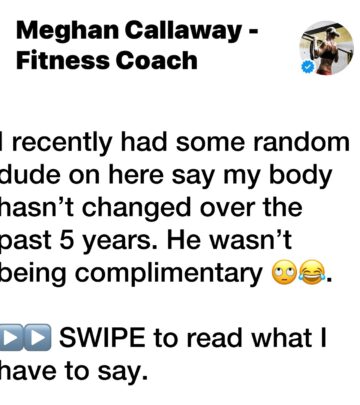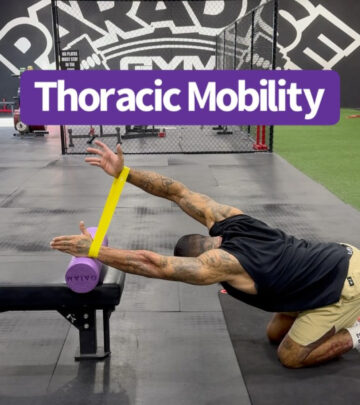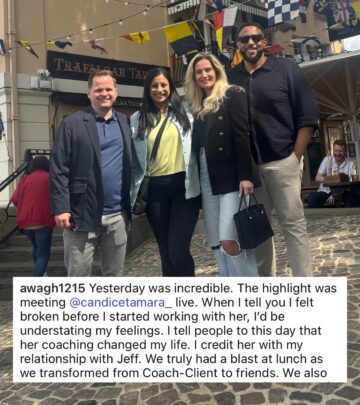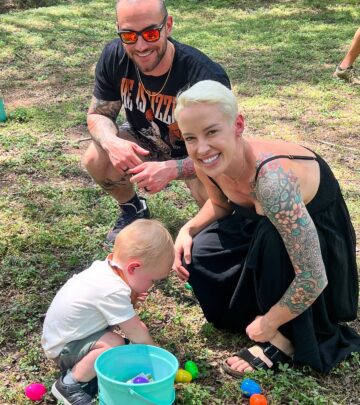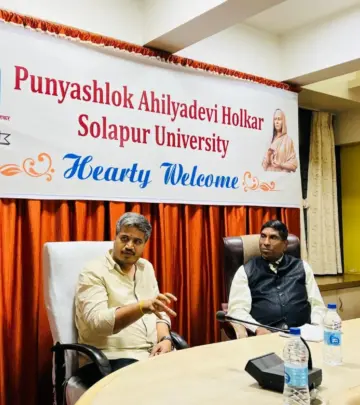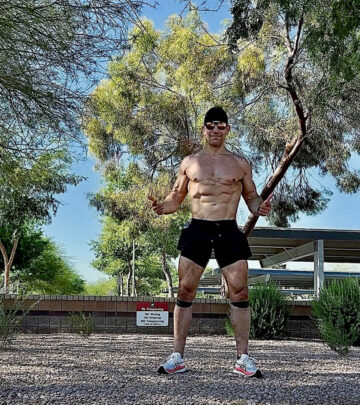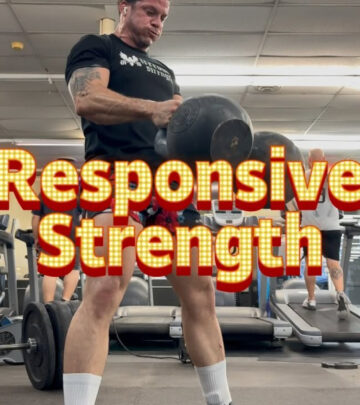Master Functional Hamstring Flexibility
Unlock sustainable movement benefits with expert tips on hamstring mobility & splits!!!
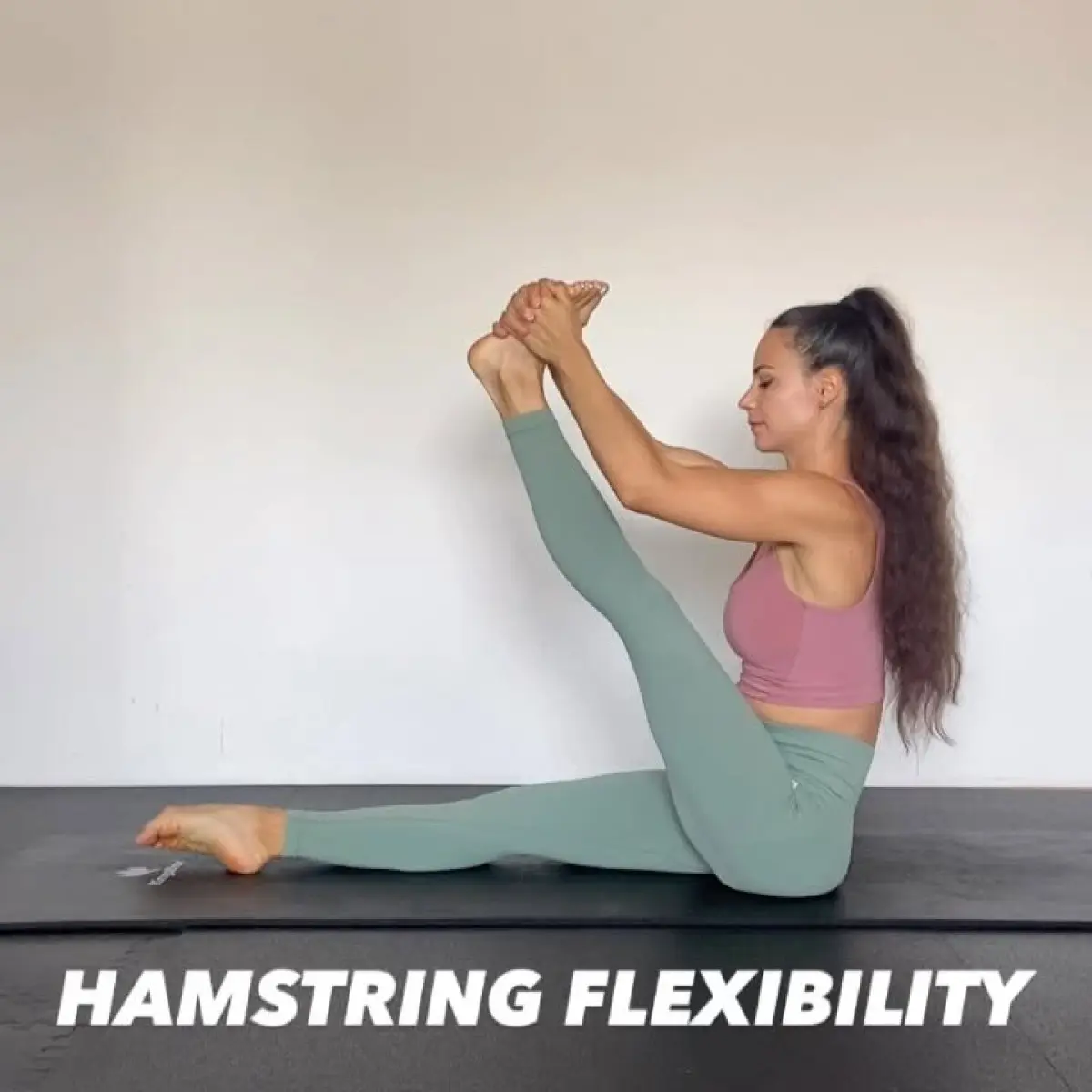
Image: Instagram
Nina Strojnik, a well‐known flexibility coach and fitness influencer, is once again turning heads with her latest post on achieving safe, functional hamstring flexibility. In her energetic update, she explains that combining mobility, active flexibility, and static stretching is key to sustained progress in one’s flexibility training. This dynamic approach not only lengthens muscles but also improves joint control, paving the way for real-life movements like kicks, squats, and smooth yoga transitions.
Understanding The Three-pronged Approach
The secret to long-lasting flexibility lies in the balance between different training methods. Static stretching is the cornerstone for lengthening the hamstrings, while mobility work enhances the range of motion by improving joint stability. Meanwhile, active flexibility exercises build strength through the stretch itself, ensuring that increased flexibility is both usable and functional. Nina emphasizes, “Combining all three methods gives you safe, functional, and sustainable hamstring flexibility,” a message that resonates with anyone committed to advancing their training safely.
The Importance Of Hamstring Flexibility
Hamstrings play a crucial role in everyday movement and athletic performance. Tight hamstrings can affect posture, contribute to lower back pain, and even interfere with exercises that require deep squats or precise kicks. By integrating static stretching with active mobility routines, athletes and enthusiasts alike can enjoy improved performance and reduced injury risk. Nina’s routine, which features exercises such as seated bend ankle exercises, ankle flex and point, pulses in the high position, single-leg pike leg lifts, and a close-to-body hamstring stretch hold, offers a comprehensive plan that targets strength and elasticity simultaneously.
Step-by-step Exercise Guide
Nina’s post meticulously outlines a series of exercises designed to target the hamstrings effectively. One of the highlighted techniques includes a seated exercise where the ankle is brought close to the chest before extending upward. This not only stretches the muscle but also integrates a controlled active movement that builds strength. Another exercise involves pulses in the high position without support from the hands—this challenges both flexibility and balance, ensuring that the muscle remains engaged throughout the movement.
What makes this approach distinct is the focus on active flexibility, which builds usable strength through the stretch. For individuals who rely on precise body control—whether in martial arts, dance, or yoga—such training is invaluable. The method ensures that when you perform jumps, kicks, or transitions in yoga, your body responds effectively, reducing the risk of strain or injury.
Integrating Flexibility Into Daily Movement
Beyond the realm of athletic training, enhanced hamstring flexibility contributes to everyday activities. Whether it’s getting up from a chair, reaching for an object on a high shelf, or merely maintaining a good posture during long hours of desk work, strong and flexible hamstrings play a subtle yet powerful role. Nina’s detailed breakdown clearly shows that with consistent practice and proper technique, the benefits extend far beyond the gym. This holistic view is echoed in her call to join the new 2-month Split Flexibility Program, which promises guided training, proven exercises, and a structured path to achieving personal flexibility goals.
Expert Guidance And Community Support
What sets Nina apart from many fitness influencers is her commitment to both science and community. Drawing on her extensive experience in digital storytelling, she explains the rationale behind each exercise with clarity and precision. Users who follow her routine not only get step-by-step instructions but also a sense of community, as her Instagram feed is filled with success stories, progress updates, and additional workout routines that have helped many master the splits.
Her previous posts also highlight routines for related flexibility areas such as front splits, middle splits, back flexibility, and even shoulder mobility. These diverse posts underscore the interconnected nature of our muscular system—for instance, strengthening the hamstrings positively impacts performance in other flexibility zones. Nina’s use of clear images and short, impactful captions has demystified many of the exercises, making them accessible to beginners while still challenging advanced practitioners.
Safety And Sustainability In Flexibility Training
A recurring theme in Nina’s channel is safety. She warns against forcing a stretch, which can lead to imbalances and injuries, particularly in the knees or lower back. Instead, she advocates for progressive training that adapts to the individual’s pace. This balanced approach is essential for learners at all levels—ensuring that flexibility gains are not only impressive but also sustainable over time. The blend of static stretching with active and mobility work is a testament to a mindset that values both immediate performance and long-term health.
For anyone seeking to improve their hamstring flexibility, Nina’s program offers clear guidance, expert tips, and a supportive network of like-minded fitness enthusiasts. Her promise of improved range of motion and reduced injury risk is backed by a detailed, structured plan that emphasizes gradual progress and proper form.
Overall, Nina Strojnik’s recent post is more than just an exercise guide—it is a reminder that achieving functional movement is a harmonious blend of strength, flexibility, and smart training. With her new 2-month Split Flexibility Program, she invites everyone from athletes to casual exercisers to embrace a balanced, safe, and effective method of training that will pay dividends both on and off the mat.
Read full bio of Vidya Tadapatri



